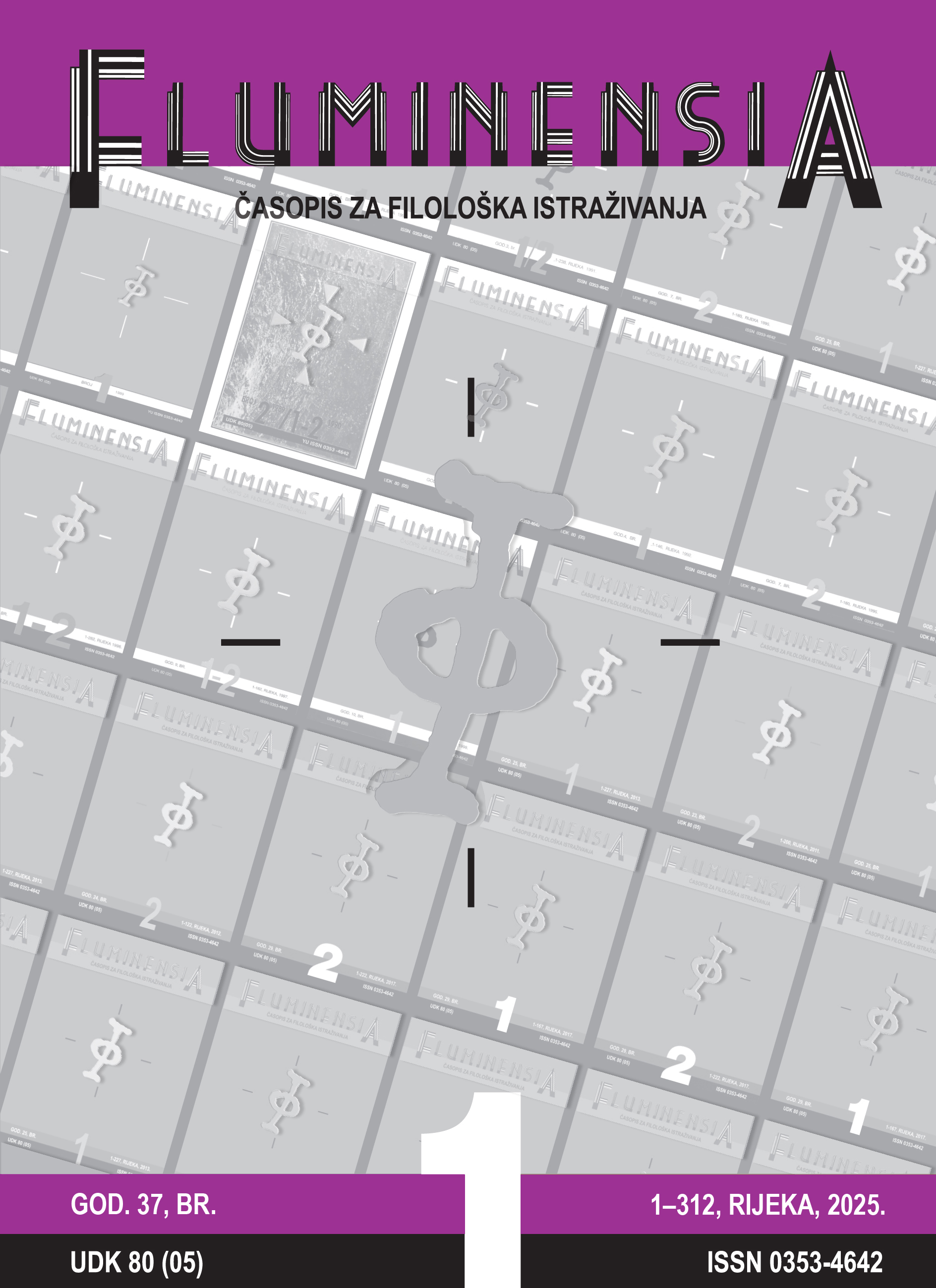Critical Analysis of Age-Related References in the Discourse of Croatian Print Media
Keywords:
dobizam; kritička analiza diskursa; referencije povezane s dobi; hrvatski tiskani medijiAbstract
Traditional and modern media serve both as sources of diverse information and as conduits for prejudicial beliefs and discriminatory attitudes held by content creators. These views are often disseminated among audiences without critical reflection, thereby fostering ageism—the discrimination of individuals based solely on their age, regardless of their physical or mental abilities, education, skills, social status, or personal characteristics.
Employing a methodological framework grounded in critical discourse analysis, this study examined age references related to individuals over 65—specifically, expressions that denote aging, old age, and life at this stage—which were collected from Croatian print media, including dailies and weeklies published over a one-month period. The objective was to establish how people over 65 are discursively represented in texts, to identify the representational, referential, and predicational strategies employed, and to delineate the roles and contexts in which they appear, especially in comparison to those outside their age group. The analysis included texts concerning prominent older individuals or interviews in which their age is invariably mentioned, as well as texts in which older people are depicted as a homogeneous collective.
The findings indicate that the spectrum of roles and contexts in which older people are collectively portrayed is markedly narrow, effectively rendering them invisible in societal discourse except when they are recipients of assistance or when their health is at stake. Moreover, while explicit ageism is relatively uncommon, latent ageism— manifested through stereotypical representations of individual older persons—persists when their lifestyle and activities deviate from the framework which the society has intended for them.

